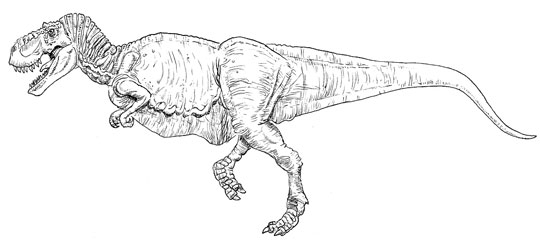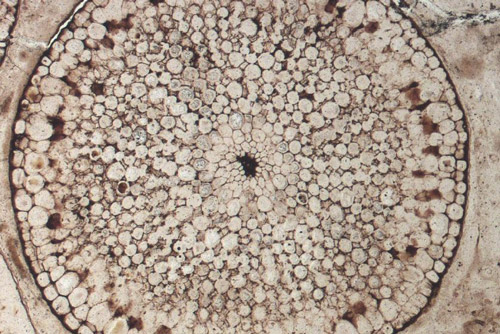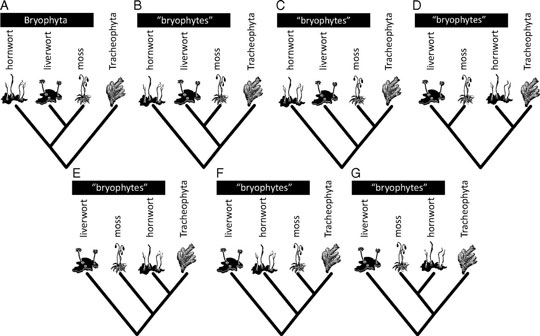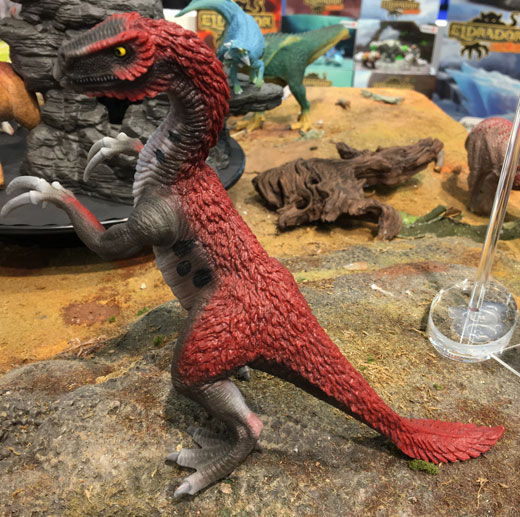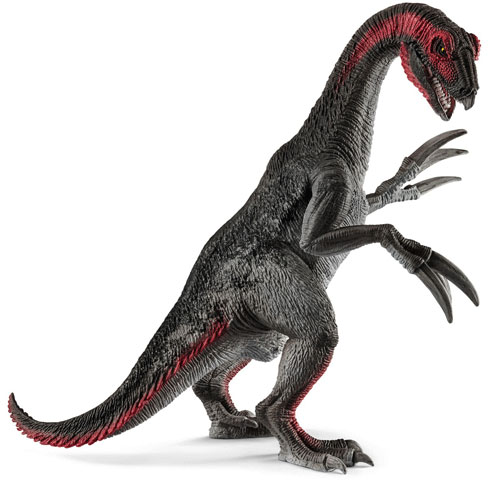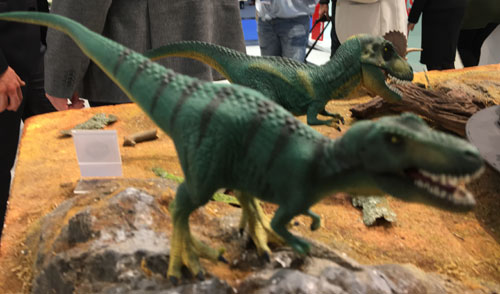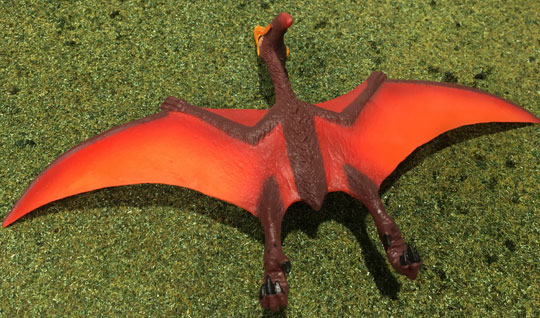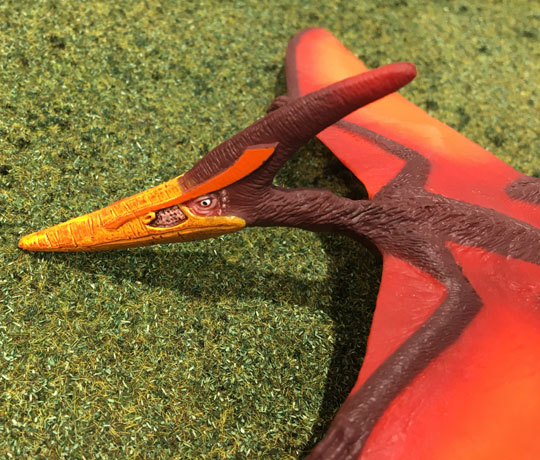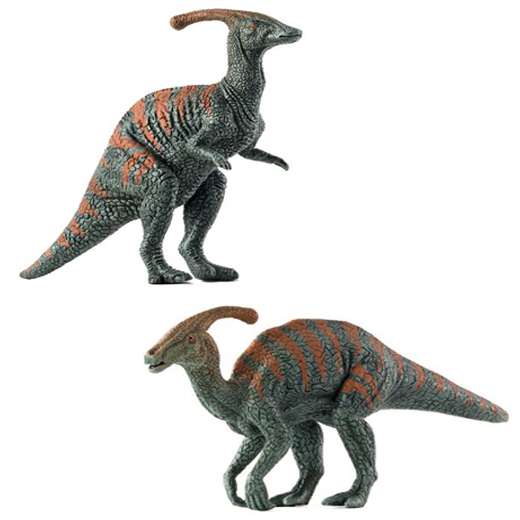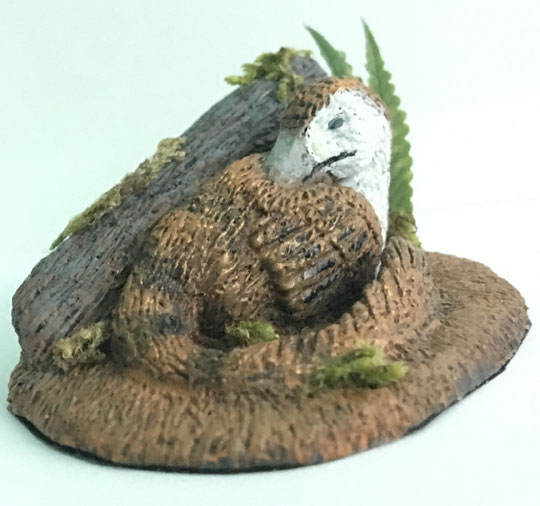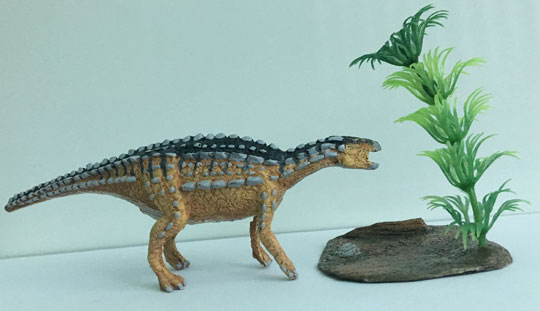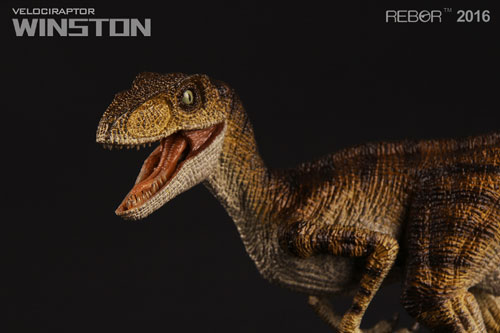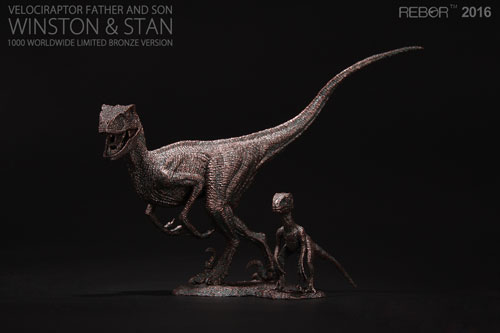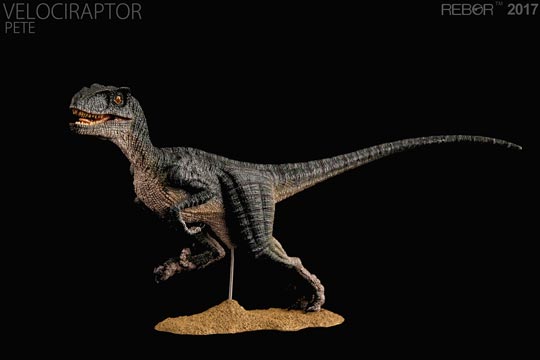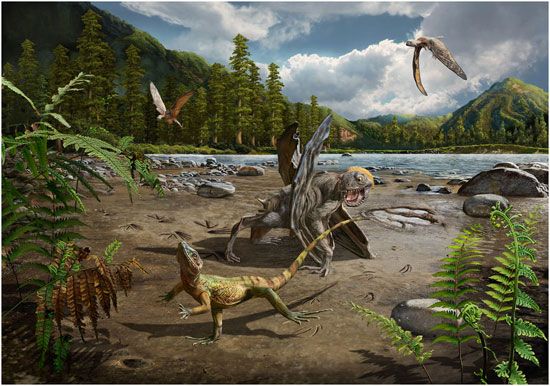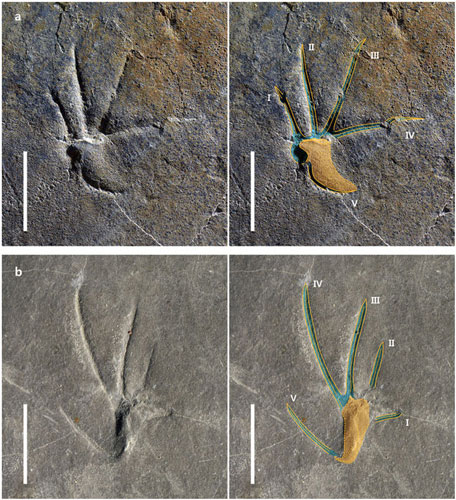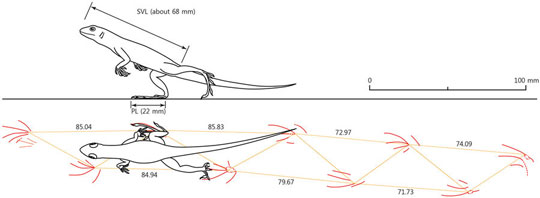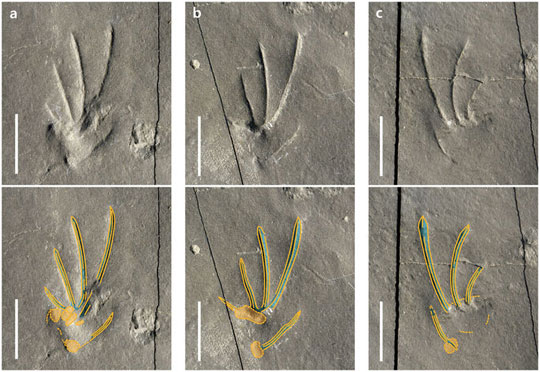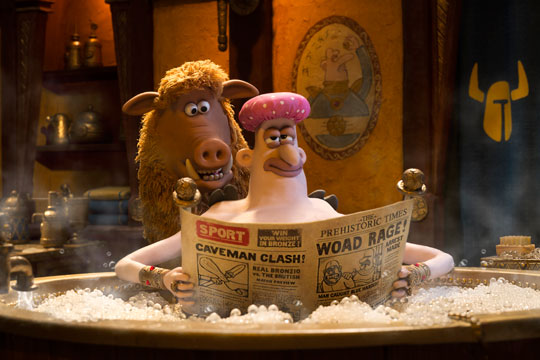Ground-Dwelling Birds Provide Clues to Theropod Dinosaur Locomotion
Observe How Ground-Dwelling Birds Move to Learn About Theropod Locomotion
Just how fast could T. rex run? Over the years, there have been a number of papers published that looked at the locomotion of big theropod dinosaurs. Computer models, three-dimensional analysis of trackways using state-of-the-art LIDAR (light detection and ranging), biomechanics, kinetic studies, so many disciples and so many areas of research. One way of obtaining a better understanding of the movements of large, bipedal dinosaurs is to take a look at the dinosaurs that are still with us today, the birds. By studying extant Aves, scientists can gain an insight into the locomotion of non-avian members of the Theropoda.
How Did Big Theropod Dinosaurs Move About?
Picture credit: Everything Dinosaur
Visit the Everything Dinosaur website: Everything Dinosaur.
Studying Extant Avian Dinosaurs
Writing in the academic on-line journal PLOS One, a team of international scientists, which included Professor John Hutchinson from the Royal Veterinary College, Hertfordshire, set about gaining a greater appreciation of just how birds move by examining in detail the locomotion of twelve types of ground-dwelling bird, some of them flightless, such as the emu and ostrich, whilst others are accomplished flyers such as the Japanese quail and the Australian white ibis.
Aerial ability or the lack of it was not important, the team were interested in examining how birds of various sizes and body weights moved about, effectively recording their body movements using high speed cameras as these birds walked or ran across a track. The species were selected based on the fact that these birds spend a lot of time on the ground. By virtue of spending most of their lives (in the case of the emu and ostrich, all of their lives), on the ground, these feathered friends have well-developed hind limb locomotor systems.
Scaling Up to a Seven Tonne Theropod
There was a considerable variation in body size amongst the participants. The smallest species represented being the Chinese painted quail, that weighed in at around 45 grammes, the largest being the ostrich which at 80 kilos represents a body mass some 1,780 times heavier.
The scientific paper deals with some of the problems of trying to use birds to test the locomotive abilities of big meat-eating dinosaurs. Any studies using an 80-kg ostrich would require nearly a 100 fold extrapolation to equate to the body weight of a fully-grown Tyrannosaurus rex for example. The researchers comment in the paper that the absolute range of body masses encompassed by modern birds is small compared to that encompassed by extinct, non-avian theropod dinosaurs.
They postulate that whilst it may be reasonable to extrapolate to a 200-kilogramme flightless moa from New Zealand, is it reasonable to extrapolate to an eight tonne tyrannosaur?
The Skeleton of an Ostrich (left) Compared to a Dinosaur Skeleton (right)
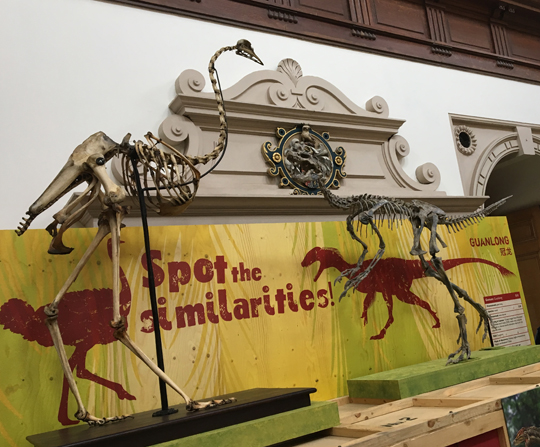
Picture credit: Everything Dinosaur
That point notwithstanding, birds are closely related to the likes of Tyrannosaurus rex and as such they make a better test subject than that other animal that is an obligate biped – us. Data on how humans walk and run was also collated and studied, but Homo sapiens does move differently when compared to ground-dwelling birds, there are some very significant differences. This research looked at the kinetics of bipedal movement, that is, those forces that cause motion (gravity, torque, friction and so forth). It also examined the kinematics of motion, the study of describing movement, usually by measuring the precise motion of parts of the body such as the joints. Kinematics involves looking at acceleration, velocity and braking.
When it comes to examining the differences in terrestrial motion between Aves and ourselves, perhaps the most significant difference is that in birds, all kinematic and kinetic parameters analysed changed continuously as velocity increased, whilst in humans all but one of those same parameters changed abruptly at the walk-run transition. Think of it as birds being able to move through the gears a little more smoothly than their two-legged human counterparts.
Ground Reaction Force (GRF)
Particular attention was devoted to the ground reaction force (GRF), the force that the feet exert upon the ground. The research team confirmed previous assessments of bird locomotion. Birds have a highly continuous locomotor repertoire compared to humans. Our discrete “walking” and “running” gaits are not easily distinguishable based on kinematic patterns alone. If birds have a more continuous locomotion profile based on body mass and the speed of movement, then this means that scientists can develop equations that allows them to predict the potential locomotor capabilities of extinct creatures – Tyrannosaurus rex for example.
Lead author of the scientific paper, Peter Bishop (Queensland Museum) explained:
“Since birds, also known as “avian dinosaurs”, are actually just dinosaurs that didn’t become extinct, they were ideal models to study how their extinct cousins would have moved. So, you’d be foolish to start anywhere else.”
The predictive model that the team has produced is able to explain 79–93% of the observed variation in kinematics and 69–83% of the observed variation in Ground Reaction Forces.
When used in extrapolation tests to examine the gaits of extinct animals, the results produced were within expected levels. There are caveats however, this study also found that the location of the whole-body centre of mass may exert an important influence on the nature of the Ground Reaction Forces, some caution is needed before applying this model to a thirteen metre monster like T. rex, after all most extinct theropod dinosaurs had substantial tails, whilst birds have a reduced tail in the form of a pygostyle and the presence/absence of a tail will have a bearing on locomotion. The research team conclude that further investigation of the movement of dinosaurs is required.
A couple of years ago, a group of scientists mounted prosthetic tails on chickens and assessed how the presence of a tail altered their locomotion.
To read an article on this study: Walking Dinosaurs Chicken Run.
Differences in Muscles and the Skeleton
Extant birds also have a very different skeleton compared to theropod dinosaurs such as Allosaurus, Giganotosaurus, Megalosaurus and Tyrannosaurus rex. The anatomy of birds varies considerable from that of a dinosaur, although there are striking similarities, the presence of a wish bone and a digitigrade stance for example. Extinct non-avian theropods have different limb proportions and their leg muscles and their position (as influenced, in part by that long tail), are different. Theropod dinosaurs also had a different centre of gravity compared to birds.
For an article that looks at the evolution of the stance of birds from their dinosaur ancestors: Standing Dinosaur, Crouching Bird.
The Research Will Help with the Locomotion of Extinct Flightless Birds (Sylviornis)
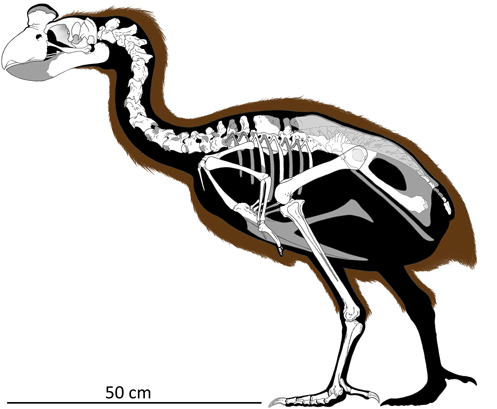
The Queensland Museum scientist Peter Bishop added that understanding the locomotion of giant, extinct theropods such as the Late Cretaceous tyrannosaurids not only excited the curiosity of the public but was crucial to understanding a wide range of scientific questions.
He stated:
“Locomotion is important for understanding other parts of dinosaur ecology, how you find food, how you find mates, how you avoid becoming food yourself? It could also help contribute to models of dinosaur migration and even help settle debates about whether they were warm-blooded. But for me, the most interesting part of dinosaur locomotion is that it’s the most critical part of how dinosaurs evolved into birds. There were a lot of changes in locomotion … including the development of powered flight.”
Next Steps
The research team hope to test their equations on more species of birds and also to develop computer programmes that can model how large bipedal dinosaurs would have moved.
An article published in 2013 that looks at the evolution of the gait of birds: Birds Have the Dinosauria to Thank for Their Crouching Gait.
For dinosaur and prehistoric animal models: Dinosaur and Prehistoric Animal Models.


